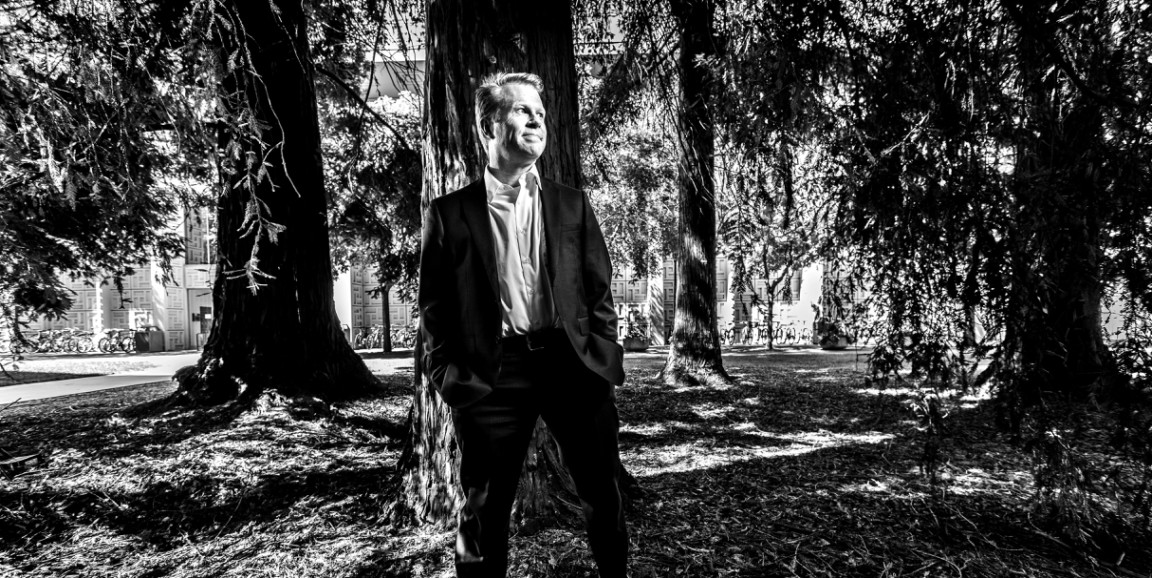When I met a doctor I'll call Ryan Walsh, MD, a pediatric specialist at Stanford, we talked for an hour before he told me a story of his own personal crisis. It happened several years ago when he began to feel completely overwhelmed, suffering panic attacks and having trouble sleeping because of the demands of his job as director of a major clinical program.
It was his story of burnout, something many accomplished physicians will experience at some point in their careers, said Walsh (who asked that his real name not be used). Indeed, national studies have shown that burnout among doctors is common, with as many as half feeling so emotionally depleted that they have lost a sense of meaning in their jobs.
Stanford Medicine leadership is making a major push to counter that trend in a program, WellMD, that is considered a national model. Early indicators suggest the physician wellness program, described in my story in the latest issue of Stanford Medicine magazine, is starting to make a difference. A new survey of 1,437 Stanford physicians finds a slight decline in burnout symptoms, compared to the last survey in 2016, when 34 percent reported symptoms.
Most importantly, faculty members in six departments reported a dramatic improvement as a result of concerted efforts to change the practice environment, said Tait Shanafelt, MD, Stanford's chief wellness officer, who is featured in the photo above. Other departments reported little difference, while faculty in two departments reported symptoms that had worsened, Shanafelt said. He said a clinician's experience at Stanford depends on his or her department and how that unit has approached the problem of burnout.
"There is much more to be done, but we are encouraged by the progress of the departments that have made improving professional fulfillment a top priority," Shanafelt said. "Their experience illustrates what is possible when departments actually focus on this issue, and we are actively engaging the other departments with the hopes they embark on improvement in a deeper way."
Shanafelt is featured in a recent 1:2:1 podcast with host Paul Costello.
The WellMD program is multi-faceted, involving efforts to improve efficiency of practice, such as reducing administrative burden and enhancing the work flow and support in clinics and operating rooms. It includes initiatives to encourage teamwork, build work-life balance and create a culture of wellness while maintaining a high level of patient care.
Although the program is primarily focused on improving the work environment, it also incorporates resources to support individual physicians with efforts to take care of themselves, build personal resilience through peer support and mindfulness training. It also strives to foster the camaraderie that many doctors miss in this era of digitally-driven medicine.
Shanafelt's group is leading the effort, though each department has its own well-being director to focus on initiatives and goals tailored to the group's needs. The program has the full support of the leadership at the medical school and two hospitals.
"Addressing the systemic issue of physician burnout is essential to not only increasing physician well-being but ultimately delivering better patient care," said Dean Lloyd Minor, MD. "I'm confident that this comprehensive approach that incorporates research-driven strategies developed at Stanford Medicine will help get to the core of the problem."
Photo by Brian Smale






